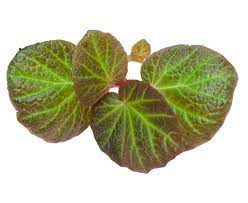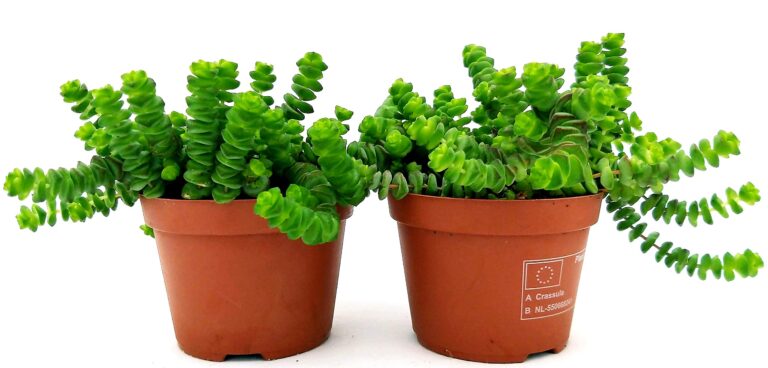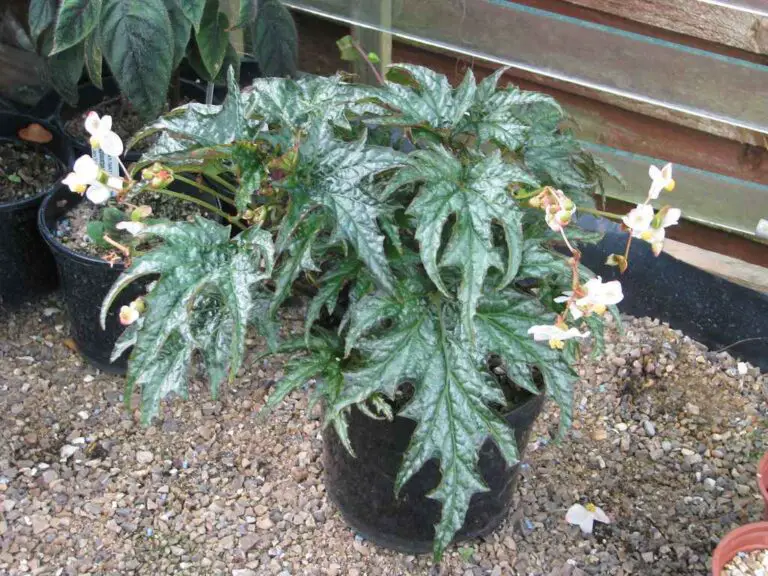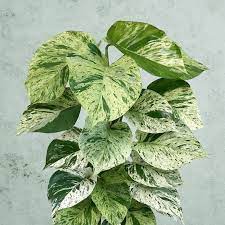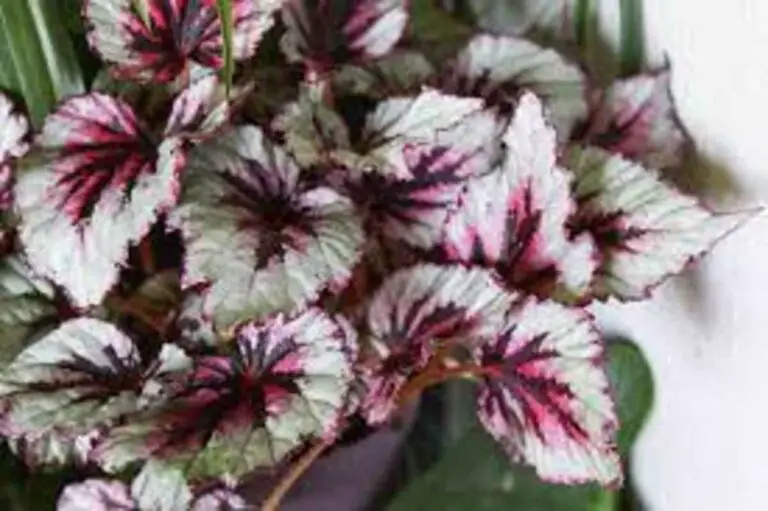Introduction
Welcome to the enchanting world of Miltonia orchids! These beautiful and delicate flowers, often known as “pansy orchids” due to their resemblance to the cheerful garden pansies, are a favorite among orchid enthusiasts. Whether you’re a seasoned orchid grower or a beginner just starting out, Miltonia orchids offer a rewarding and captivating experience.
Imagine walking into a room filled with vibrant, colorful blooms that not only catch your eye but also fill the air with a delightful fragrance. Miltonia orchids are not just a treat for the eyes but also for the senses. Their unique beauty and easy-to-love nature make them a perfect addition to any home or garden.
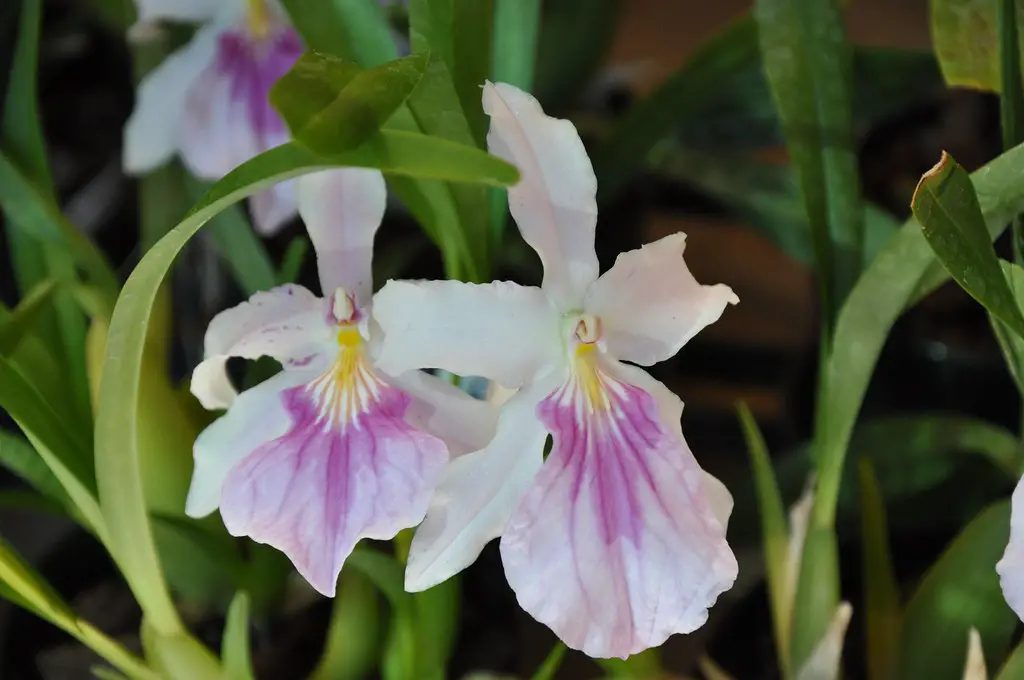
In this guide, we’re going to dive deep into everything you need to know about Miltonia orchids. From understanding the different types and species to mastering the art of caring for them, we’ve got you covered. We’ll explore their sunlight needs, watering routines, and even how to handle common pests and diseases. Plus, we’ll share tips on propagating new plants, ensuring your orchid collection keeps growing.
By the end of this guide, you’ll feel confident and excited about nurturing these lovely plants. Get ready to embark on a journey that will beautify your space and bring you joy and satisfaction. Let’s start our Miltonia orchid adventure together!
1. Understanding Miltonia Orchids
1.1 Miltonia Orchid Types
Miltonia orchids come in a variety of types, each with its own unique charm. Some have large, showy flowers that catch your eye immediately, while others have smaller, more delicate blooms. The colors can range from bright whites and yellows to deep purples and reds. Each type has its own personality, making exploring and finding your favorite fun.
1.2 Miltonia Orchid Species
Within the Miltonia family, there are several species, each offering something special. Here are a few popular ones:
- Miltonia spectabilis: Known for its large, beautiful flowers with a striking color contrast.
- Miltonia clowesii: Features unique spotted flowers that add a touch of exotic beauty.
- Miltonia moreliana: Appreciated for its deep purple blooms that have a captivating appearance.
- Miltonia kayasimae: A rare species with delicate white and purple flowers, perfect for orchid enthusiasts.
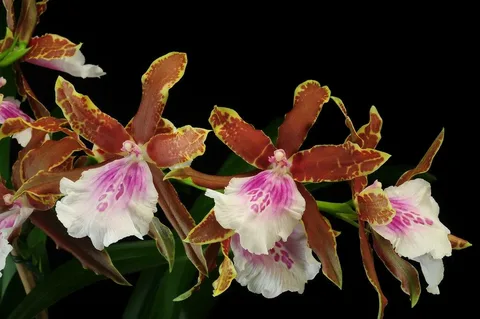
Getting to know these species helps you appreciate the diversity and beauty of Miltonia orchids even more.
1.3 Miltonia Orchid Hybrids
Hybrids are a wonderful part of the Miltonia world. These are created by crossing different species to bring out the best traits of each. The result is often a plant with stunning flowers and robust growth habits. Popular hybrids, like Miltonia x bluntii, combine the best of both parent plants, offering an exciting mix of beauty and resilience.
Exploring the different types, species, and hybrids of Miltonia orchids opens up a world of possibilities. Whether you prefer the classic look of a pure species or the unique flair of a hybrid, there’s a Miltonia orchid out there that’s perfect for you.
2. Miltonia Orchid Flowers
2.1 Blooming
Watching a Miltonia orchid bloom is like witnessing a little miracle. These flowers, often called “pansy orchids,” have a special charm with their bright and cheerful faces. Blooming usually happens in the spring and fall, but with the right care, you can enjoy their flowers even more often.
To help your Miltonia orchid bloom, make sure it gets enough light and the right amount of water. Keep the environment consistent, and your orchid will reward you with stunning blooms. Each flower can last for weeks, providing a long-lasting splash of color in your home.
2.2 Fragrance
One of the sweetest surprises of Miltonia orchids is their fragrance. Many of these orchids release a delightful scent that can fill a room. The fragrance can vary from sweet and floral to a little bit spicy, depending on the type of Miltonia orchid you have.
To get the best fragrance, place your orchid in a spot where it gets the right amount of light but is not too hot. A happy, well-cared-for orchid will produce the best scent. Imagine coming home to a room filled with the natural perfume of your blooming Miltonia—it’s pure bliss!
Miltonia orchid flowers are more than just pretty faces. Their ability to bloom beautifully and release lovely fragrances makes them a joy to grow and care for. With a bit of attention and love, your Miltonia orchids will brighten your home and bring a touch of nature’s magic into your life.
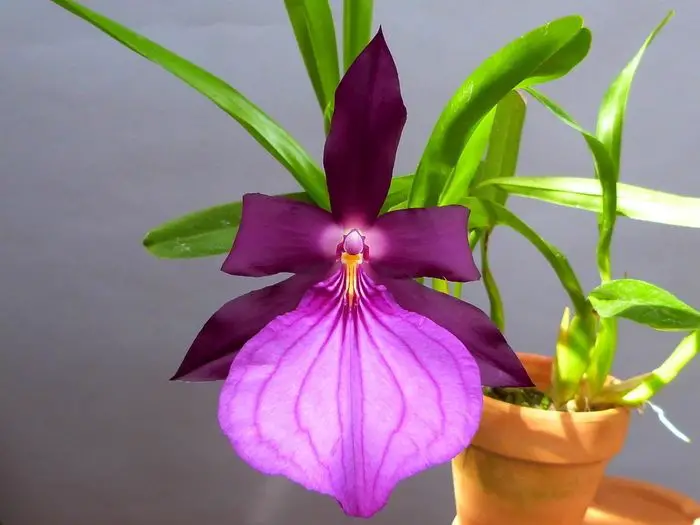
3. Growing and Cultivating Miltonia Orchids
3.1 Miltonia Orchid Cultivation
Cultivating Miltonia orchids is a rewarding experience. These orchids thrive when given the right care. Start by choosing a healthy plant from a reputable nursery. Place it in a spot where it gets bright, indirect light. Avoid direct sunlight, as it can scorch the leaves. Use a pot with good drainage, and fill it with an orchid-friendly potting mix. With these basics, your orchid will have a great start.
3.2 Miltonia Orchid Watering
Watering your Miltonia orchid correctly is crucial. They like to be kept moist but not soggy. Water them thoroughly once a week, allowing the water to drain out completely. If the weather is hot, you might need to water a bit more often. Always let the top inch of the potting mix dry out before the next watering. Remember, overwatering can lead to root rot, so it’s better to be cautious.
3.3 Miltonia Orchid Sunlight Requirements
Miltonia orchids love bright, indirect light. They don’t do well in direct sun, which can burn their leaves. Place them near a north or east-facing window where they can enjoy gentle morning light. If you notice the leaves turning yellow, it might be getting too much sun. Conversely, if the leaves are dark green, it might need a bit more light. Adjust their location accordingly to keep them happy.
3.4 Miltonia Orchid Temperature
These orchids prefer moderate temperatures. During the day, keep them in a spot where the temperature is between 65-75°F (18-24°C). At night, a slight drop to 55-65°F (13-18°C) is ideal. They don’t like sudden temperature changes, so keep them away from drafts and heating vents. Consistency is key to keeping your Miltonia orchids thriving.
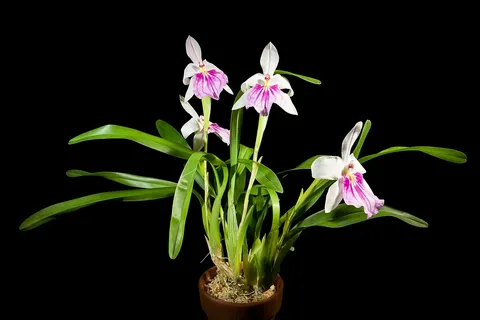
3.5 Miltonia Orchid Fertilizer
Feeding your Miltonia orchids helps them grow strong and healthy. Use a balanced orchid fertilizer, diluted to half strength, once every two weeks. During the growing season (spring and summer), you can feed them a bit more often. In the fall and winter, cut back to once a month. Always water your orchid before applying fertilizer to avoid burning the roots.
3.6 Miltonia Orchid Soil and Potting Mix
Choosing the right potting mix is essential. Miltonia orchids prefer a mix that provides good drainage and aeration. A blend of bark, perlite, and sphagnum moss works well. You can buy pre-made orchid mixes, or create your own. Avoid regular potting soil, as it retains too much moisture and can lead to root problems.
3.7 Miltonia Orchid Pruning
Pruning helps keep your orchid healthy and encourages new growth. After a flower spike has finished blooming, trim it back to where it meets the plant. Remove any dead or yellow leaves to keep the plant tidy. Use clean, sharp scissors to make clean cuts and prevent infection.
3.8 Miltonia Orchid Repotting
Repotting is necessary every two years or when the potting mix breaks down. Choose a pot that’s slightly larger than the current one. Gently remove the orchid from its pot, shake off the old mix, and trim any dead roots. Place the orchid in the new pot, fill in with fresh potting mix, and water lightly. Repotting gives your orchid fresh nutrients and room to grow.
Growing Miltonia orchids can be a delightful and fulfilling hobby. With the right care, your orchids will flourish, bringing beauty and joy to your home. Follow these simple guidelines, and you’ll enjoy the enchanting presence of Miltonia orchids for years to come.
Felix Crousse Peony Care: Beautiful Blooms and Safe Gardening
4. Propagation of Miltonia Orchids
4.1 Miltonia Orchid Propagation Methods
Propagating Miltonia orchids is a fun way to expand your collection or share with friends. The most common method is division. Here’s how you can do it:
- Choose the Right Time: The best time to propagate is when you’re repotting your orchid, usually in the spring.
- Prepare Your Tools: Use clean, sharp scissors or a knife to avoid spreading disease.
- Remove the Plant from the Pot: Gently take the orchid out of its pot and shake off the old potting mix.
- Divide the Plant: Look for natural divisions in the plant. Each division should have at least three healthy pseudobulbs and a good root system. Carefully cut the plant into sections.
- Repot Each Division: Place each new division into its own pot with fresh potting mix. Water lightly and place them in a spot with indirect light.
4.2 Success Tips for Propagation
To ensure your new orchids thrive, follow these tips:
- Be Gentle: Handle the roots and pseudobulbs carefully to avoid damage.
- Water Wisely: After dividing and repotting, water sparingly at first to help the roots settle in.
- Provide Humidity: Young divisions benefit from higher humidity. You can place them in a humid spot or use a humidity tray.
- Patience is Key: New divisions might take some time to establish and start growing. Be patient and continue with regular care.
Propagation can be a bit daunting at first, but with practice, it becomes easier. It’s a wonderful way to grow your orchid family and enjoy more of these beautiful plants. Sharing your new plants with friends and family can also spread the joy of Miltonia orchids.
Complete Guide to Sunorita Rose Plant Care and Growing Tips
5. Miltonia Orchid Health
5.1 Miltonia Orchid Pests
Just like any other plant, Miltonia orchids can sometimes attract pests. The most common pests include aphids, mealybugs, and spider mites. Here’s how to deal with them:
- Aphids: These tiny insects cluster on new growth and can be washed off with a gentle spray of water. For persistent aphids, use a mixture of water and mild soap.
- Mealybugs: These look like tiny cotton balls on your orchid. Remove them with a cotton swab dipped in rubbing alcohol.
- Spider Mites: These pests leave a fine webbing on the plant. Increase humidity and gently wash the leaves with water. Neem oil can also help.
Regularly check your orchids for signs of pests. Early detection makes treatment easier and more effective.
5.2 Miltonia Orchid Diseases
Miltonia orchids can also be affected by diseases, mostly caused by fungi or bacteria. Common issues include root rot, leaf spots, and fungal infections.
- Root Rot: Caused by overwatering, root rot can be deadly. If you notice soft, black roots, trim them away and repot the orchid in fresh, dry potting mix.
- Leaf Spots: Fungal or bacterial spots on leaves can be treated by removing the affected leaves and improving air circulation around the plant.
- Fungal Infections: Powdery mildew or other fungal infections can be treated with a fungicide. Make sure to follow the instructions on the product.
To keep your orchids healthy, maintain good care routines: proper watering, good airflow, and keeping the plant clean. Regularly wipe the leaves with a damp cloth to remove dust and potential pests.
Taking care of pests and diseases might seem daunting, but with these simple steps, you can keep your Miltonia orchids thriving. Regular checks and prompt treatments will ensure your orchids stay beautiful and healthy, ready to bloom again and again.
Conclusion
Growing Miltonia orchids is a delightful journey. These beautiful plants can brighten your home with their vibrant blooms and lovely fragrances. By following the simple care tips we’ve shared, you’ll be well on your way to enjoying healthy, thriving orchids. Remember, patience and consistency are key. Happy gardening, and may your Miltonia orchids bring you much joy!
FAQs
How often should I water my Miltonia orchid?
Water your Miltonia orchid once a week, allowing the water to drain completely. If the weather is hot, you might need to water more often. Always let the top inch of the potting mix dry out before watering again.
What kind of light does a Miltonia orchid need?
Miltonia orchids prefer bright, indirect light. Place them near a north or east-facing window where they can enjoy gentle morning light. Avoid direct sunlight, which can scorch the leaves.
How can I get my Miltonia orchid to bloom?
Ensure your orchid gets enough light, water, and the right temperature. A consistent care routine encourages blooming. Sometimes, a slight drop in night temperatures can also help trigger blooming.
How do I deal with pests on my Miltonia orchid?
Common pests like aphids, mealybugs, and spider mites can be managed with gentle water sprays, rubbing alcohol, or neem oil. Regularly check your orchid for signs of pests to catch and treat them early.
When should I repot my Miltonia orchid?
Repot your Miltonia orchid every two years or when the potting mix breaks down. Choose a slightly larger pot and fresh potting mix to give your orchid room to grow.
Call to Action
We hope this guide has inspired you to grow and care for your Miltonia orchids. If you have any questions or tips of your own, we’d love to hear from you! Share your orchid stories and join our community of plant lovers. Don’t forget to subscribe to our newsletter for more gardening tips and updates.

